Huawei Pura 80 Ultra vs Huawei Pura 70 Ultra: Suspended animation
What upgrades has the Pura 80 Ultra brought compared to its predecessor?

Intro
Huawei suffered a critical blow back in 2019 when the company was put on the "Entities" list and subsequently banned from the US. Despite all the troubles that followed suit, the brand has stuck with its smartphone portfolio and has not only survived but also managed to keep innovating and evolving.
Huawei Pura 80 Ultra vs Huawei Pura 70 Ultra differences:
| Huawei Pura 80 Ultra | Huawei Pura 70 Ultra |
|---|---|
| Little to no changes with the previous device's design | The same shape and overall aesthetics |
| Slightly heavier (233.5gr) | A tad lighter (226gr) |
| One of the largest camera bumps we've ever seen on a phone | More understated camera bump, pop up main camera |
| 6.8-inch OLED display, Kunlun Glass | Identical 6.8-inch OLED |
| 3,000 nits of peak brightness | 2,500 nits of peak brightness |
| Kirin 9020 (7nm) | Kirin 9010 (7nm) |
| 16GB of RAM | 12/16GB of memory |
| 512GB, 1TB storage variants | 512GB and 1TB versions |
| 50MP+50MP+12.5MP+48MP rear camera system | 50MP+40MP+50MP rear camera system |
| 13MP selfie camera | 13MP front-facing camera |
| 5,170 mAh battery on board | Larger 5,200mAh battery |
| 100W wired, 80W wireless charging | The same charging speeds |
| EMUI 15 (based on Android 12) | EMUI 14.2 |
Table of Contents:
Also read:
Design and Size
Evolution with an asterisk
These two employ the same design language, namely the quad-curved display and back, with a triangular camera bump on the back. However, there are some differences. The Pura 80 Ultra expanded the camera system quite a bit; the camera rings are much bigger, the XMAGE logo is now inside, and the whole system is substantially thicker.
The old Huawei Pura 70 Ultra manages a thinner camera bump, mainly due to the motorized pop-up main camera. In order to utilize the full surface of the 1-inch sensor, the lens just has to be at a certain distance, so you either go for a thick camera bump or a clever motorized pop-up setup.
The Pura 80 Ultra gave up this, but that's a fair trade-off, as there's another motorized system at play inside. More on this later.
The old Huawei Pura 70 Ultra manages a thinner camera bump, mainly due to the motorized pop-up main camera. In order to utilize the full surface of the 1-inch sensor, the lens just has to be at a certain distance, so you either go for a thick camera bump or a clever motorized pop-up setup.
The Pura 80 Ultra gave up this, but that's a fair trade-off, as there's another motorized system at play inside. More on this later.
| Huawei Pura 80 Ultra | Huawei Pura 70 Ultra |
|---|---|
| Dimensions 163 x 76.1 | Dimensions 162.6 x 75.1 |
| Thickness 8.3 mm (14mm at the camera bump) | Thickness 8.4mm |
| Weight 233.5 gr | Weight 226 gr |
Size-wise, both phones are quite similar, with the Pura 80 Ultra being a tad taller and a millimeter wider, mainly because the curvature of the screen is not as aggressive as the one on the older model.
The weights are also quite close; the difference is under 10 grams, which you might think is unperceivable. What's absolutely clear, though, is that the camera bump of the Pura 80 Ultra adds a lot of weight toward the top of the phone, making it a bit hard to hold firmly.
The building blocks are largely the same; we have an aluminum frame and Huawei's proprietary tempered glass (called Kunlun glass) on the front and back. The Pura 70 Ultra opts for a different back material, it's a silicone polymer that mimics leather. The button placement is the same, the ports are in the same spots, you get the picture.
Both phones sport IP68 water and dust resistance, a standard among modern flagships. Let's check out all available colors.
The weights are also quite close; the difference is under 10 grams, which you might think is unperceivable. What's absolutely clear, though, is that the camera bump of the Pura 80 Ultra adds a lot of weight toward the top of the phone, making it a bit hard to hold firmly.
The building blocks are largely the same; we have an aluminum frame and Huawei's proprietary tempered glass (called Kunlun glass) on the front and back. The Pura 70 Ultra opts for a different back material, it's a silicone polymer that mimics leather. The button placement is the same, the ports are in the same spots, you get the picture.
| Huawei Pura 80 Ultra colors | Huawei Pura 70 Ultra colors |
|---|---|
| Prestige Gold | Black |
| Golden Black | White |
| - | Brown |
| - | Green |
The last year's model featured some cool colors and materials on the back, the aforementioned faux leather look with a stylish diamond pattern. The color palette is better; there are green and brown variants, not conventional colors for a flagship.
The new Pura 80 Ultra comes in just two colors—Prestige Gold and Golden Black. These are very stylish, we must say. The black variant gives off ceramic vibes, and the golden one comes very close to real gold. They both look stunning in person.
The new Pura 80 Ultra comes in just two colors—Prestige Gold and Golden Black. These are very stylish, we must say. The black variant gives off ceramic vibes, and the golden one comes very close to real gold. They both look stunning in person.
Display Differences
The Huawei Pura 80 Ultra features a 6.8-inch AMOLED panel. The resolution is 1276 x 2848 pixels, resulting in around 459 PPI pixel density, and the display also uses LTPO tech, meaning it can dynamically change its refresh rate up to 120 Hz. Huawei cites 3000 nits of peak brightness, but we'll check this one out during our display test.
There's not much of a difference compared to the old model; the Pura 70 Ultra features a very similar panel with the same 6.8-inch diagonal, a very similar resolution (1260 x 2844 pixels), and the same 120 Hz refresh rate as the new model. The pixel density is almost identical at 460 PPI, and the slight difference is down to aspect ratio and the softer curvature of the new model.
Time for some tests!
| Huawei Pura 80 Ultra | Huawei Pura 70 Ultra |
|---|---|
| Size 6.8-inch | Size 6.8-inch |
| Peak brightness 3,000 nits | Peak brightness 2,500 nits |
Well, our display tests confirmed the suspicion that we're talking about very similar panels here. The brightness is better on the Pura 80 Ultra, but not by much. What's interesting is that the minimum brightness and the color accuracy are both better on the older model.
The difference isn't huge, and for all intents and purposes we should treat these two panels as equally good. They are not the brightest out there, but we didn't have any trouble under direct sunlight, so there's also that.
Performance and Software
One step forward, two steps back
The US ban has made sourcing silicon quite an endeavor for Huawei, and the company has had to develop its own chips in-house. The Kirin 9020 and Kirin 9010 inside the Pura 80 Ultra and 70 Ultra, respectively, use the same 7 nm manufacturing process and also have very similar core configurations.
The Pura 80 Ultra features 1x2.5 GHz Taishan Big & 3x2.15 GHz Taishan Mid & 4x1.6GHz Cortex-A510, while the previous generation Pura 70 Ultra comes equipped with 1x2.3 GHz Taishan Big & 3x2.18 GHz Taishan Mid & 4x1.55 GHz Cortex-A510. As you can see, all Huawei did was a slight tweak in clock speed, so we don't expect a huge difference in performance.
| Huawei Pura 80 Ultra | Huawei Pura 70 Ultra |
|---|---|
| Chipset Kirin 9020 7nm | Chipset Kirin 9010 7nm |
| Memory 16GB | Memory 12/16GB |
| Storage 512GB 1TB | Storage 512GB 1TB |
In terms of RAM and storage, the situation is almost identical. The Pura 70 Ultra featured one variant with 12GB of RAM, but Huawei has dropped it in the new Pura 80 Ultra. We have 16GB of RAM and two storage variants on the new model—512GB and 1TB.
Time for some benchmarks!
Our suspicions have been confirmed. The Huawei Pura 80 Ultra is actually slower in single-core tasks, and even though the 3DMark score of the new model is substantially better than what the Pura 70 Ultra can achieve, thermal throttling is an issue on both models, bringing down the sustained performance to very similar and also quite unimpressive levels.
The software situation is very muddy, so to speak. Huawei doesn't disclose the actual upgrade cycle, but digging around the forums, we found that you're probably getting one or two major updates, which is not ideal. Both phones run the EMUI operating system, which is Android-based with a HarmonyOS skin on top, but due to restrictions and regulations, it's kind of a dead-end OS.
In China Huawei peddles full-blown HarmonyOS that's integrated with other gadgets in the ecosystem, but we won't see this globally anytime soon.
Camera
Where innovation lives
The camera department is where innovation lives when it comes to Huawei smartphones. The company has always been strong in the smartphone photography game, ever since the P30, which was one of the best camera phones of its time.
The Pura 80 Ultra builds upon what its predecessor managed to achieve. The new model features the same 1-inch sensor as the Pura 70 Ultra and the same ultrawide camera, but it introduces a unique double telephoto system. It uses a motor to move the prism under the periscope lenses, thus providing different focal lengths while using the same image sensor.
The result is a telephoto camera with two switchable focal lengths—83 mm and 212 mm, or, if we measure the magnification compared to the main camera, 3.7X and 9.4X zoom. Let's quickly run through the camera specs of both phones.
The Pura 80 Ultra builds upon what its predecessor managed to achieve. The new model features the same 1-inch sensor as the Pura 70 Ultra and the same ultrawide camera, but it introduces a unique double telephoto system. It uses a motor to move the prism under the periscope lenses, thus providing different focal lengths while using the same image sensor.
The result is a telephoto camera with two switchable focal lengths—83 mm and 212 mm, or, if we measure the magnification compared to the main camera, 3.7X and 9.4X zoom. Let's quickly run through the camera specs of both phones.
| Huawei Pura 80 Ultra | Huawei Pura 70 Ultra |
|---|---|
| Wide 50MP f/1.6-4.0 | Wide 50MP f/1.6-4.0 |
| Ultrawide 40MP F2.2 | Ultrawide 40MP F2.2 |
| Periscope 50MP 3.7X zoom | Periscope 50MP 3.5X zoom |
| Periscope 12.5MP 10x zoom | - |
| Front 13MP | Front 13MP |
Looking at our lab camera tests, it's clear that the Pura 80 Ultra excels when it comes to zoom (guess that switchable telephoto is the main culprit). The other scores are quite similar, which is not surprising, given the same hardware and the limited software development.
PhoneArena Camera Score:
Specs are just specs, and lab tests in a controlled environment can only do so much, so where things get real is camera samples. So, let's snap some and compare!
Main camera
Samples from the main camera look quite similar when it comes to quality and resolved detail, but there are some differences. The color palette and the used presets lean toward a reddish tint in the Pura 80 Ultra, while the Pura 70 Ultra produces yellowish photos (check out the pavement difference in the samples above). That said, these two are very close.
Zoom quality
The telephoto samples tell a different story. As the Pura 70 Ultra caps at 3.5X optical and doesn't sport a switchable telephoto, there's some loss in quality at 10X. The Pura 80 Ultra, on the other hand, manages to preserve more details; the sharpness is quite natural (while the digital zoom on the Pura 70 Ultra makes the photo a tad grainy); and all in all, there is a huge difference in favor of the Pura 80 Ultra (as we already saw in the lab tests).
Ultrawide camera
The ultrawide cameras are identical on these two, and so are the samples. There's a slight variation in the applied color preset; again, the Pura 70 Ultra has a warm, yellow-green quality to the photo, while the Pura 80 Ultra produces a punchier red color tone.
Selfies
Selfies look somewhat better on the older Pura 70 Ultra. The quality and resolved detail are both very similar, but the exposure is handled better on the Pura 70 Ultra. The new model tends to overexpose the background.
Battery Life and Charging
Silicon-carbon undercover ops
The Huawei Pura 80 Ultra offers two different battery capacities, depending on the market. The international version includes a 5,170 mAh cell, while the Chinese model has a much bigger 5,700 mAh battery on board. This implies that the Far East version has a silicon-carbon battery, but the international version has a standard lithium-ion cell, probably due to restrictions and regulations.
The Pura 70 Ultra comes equipped with a 5,200 mAh battery, very similar capacity to the international version of the new model. There's no silicon-carbon technology on board.
| Huawei Pura 80 Ultra | Huawei Pura 70 Ultra |
|---|---|
| Battery 5,170mAh (International) 5,700mAh (China) | Battery 5,200mAh |
| Wiredd charging 100W | Wired charging 100W |
| Wireless charging 80W | Wireless charging 80W |
PhoneArena Battery and Charging Test Results:
Sadly, we couldn't get our battery benchmarks to run on the Pura 70 Ultra, so we can't directly compare it to its successor. Subjectively though, both phones seem to drain their batteries in a very similar manner.
The same goes for the fast charging. Both use the same 100W wired charger, and the wireless speeds cap at 80W if you happen to have the proprietary fast charger. For all intents and purposes, you can take the Pura 80 Ultra result in this benchmark and apply it to both models.
The same goes for the fast charging. Both use the same 100W wired charger, and the wireless speeds cap at 80W if you happen to have the proprietary fast charger. For all intents and purposes, you can take the Pura 80 Ultra result in this benchmark and apply it to both models.
Specs Comparison
Here's how the Huawei Pura 80 Ultra and the Huawei Pura 70 Ultra specs compare. For a detailed specs comparison follow the link.
| Huawei Pura 80 Ultra | Huawei Pura 70 Ultra |
|---|---|
| Size, weight 163 x 76.1 x 8.3 mm 233.5gr | Size, weight 162.6 x 75.1 x 8.4 mm 226gr |
| Screen 6.8" OLED 120Hz 3,000 nits | Screen 6.8" OLED 120Hz 2,500 nits |
| Processor Kirin 9020 7nm | Processor Kirin 9010 7nm |
| Versions: 16GB/512GB 16GB/1TB LPDDR5 | Versions: 12GB/512GB 16GB/512GB 16GB/1TB LPDDR5 |
| Cameras: 50MP main 40MP ultra 50MP 3.7X zoom 12.5MP 10X zoom 13MP front | Cameras: 50MP main 40MP ultra 50MP 3.5X zoom 13MP front |
| Battery: 5,170 mAh | Battery: 5,200 mAh |
| Charging: USB-C 100W wired 80W wireless | Charging: USB-C 100W wired 80W wireless |
Summary
It turns out there's very little in terms of upgrades when we compare the Pura 70 Ultra and its successor, the Pura 80 Ultra. Hence the title of this comparison. Huawei seems to be in a state of suspended animation, at least when it comes to the global smartphone market.
The Kirin 9020 chipset is just an overclocked version of the Kirin 9010, and the difference in performance is nonexistent in some tests. The battery and charging are the same between these two phones, and the display panels are almost identical too.
The only difference lies in the camera system. The Pura 80 Ultra has a brand-new dual telephoto with switchable focal lengths, but other than that, both the main camera and the ultrawide have been carried over from the previous model.
The Kirin 9020 chipset is just an overclocked version of the Kirin 9010, and the difference in performance is nonexistent in some tests. The battery and charging are the same between these two phones, and the display panels are almost identical too.
The only difference lies in the camera system. The Pura 80 Ultra has a brand-new dual telephoto with switchable focal lengths, but other than that, both the main camera and the ultrawide have been carried over from the previous model.
Follow us on Google News

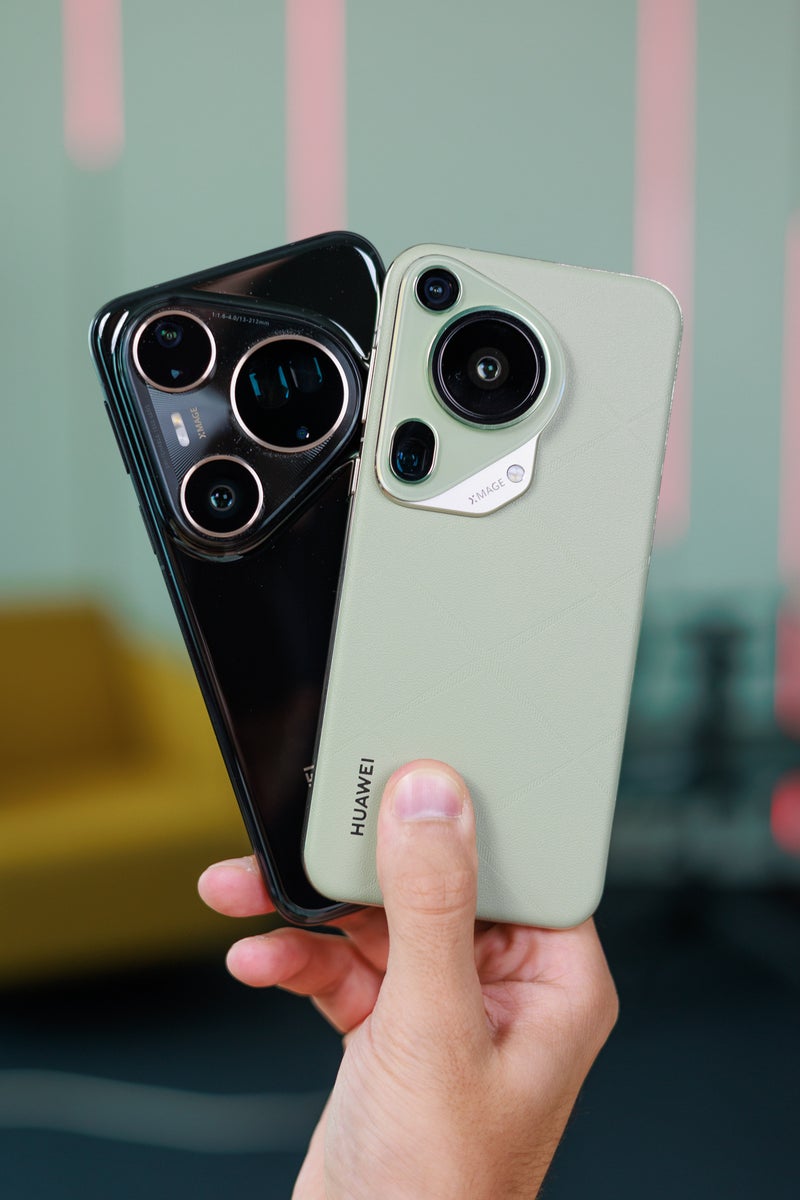
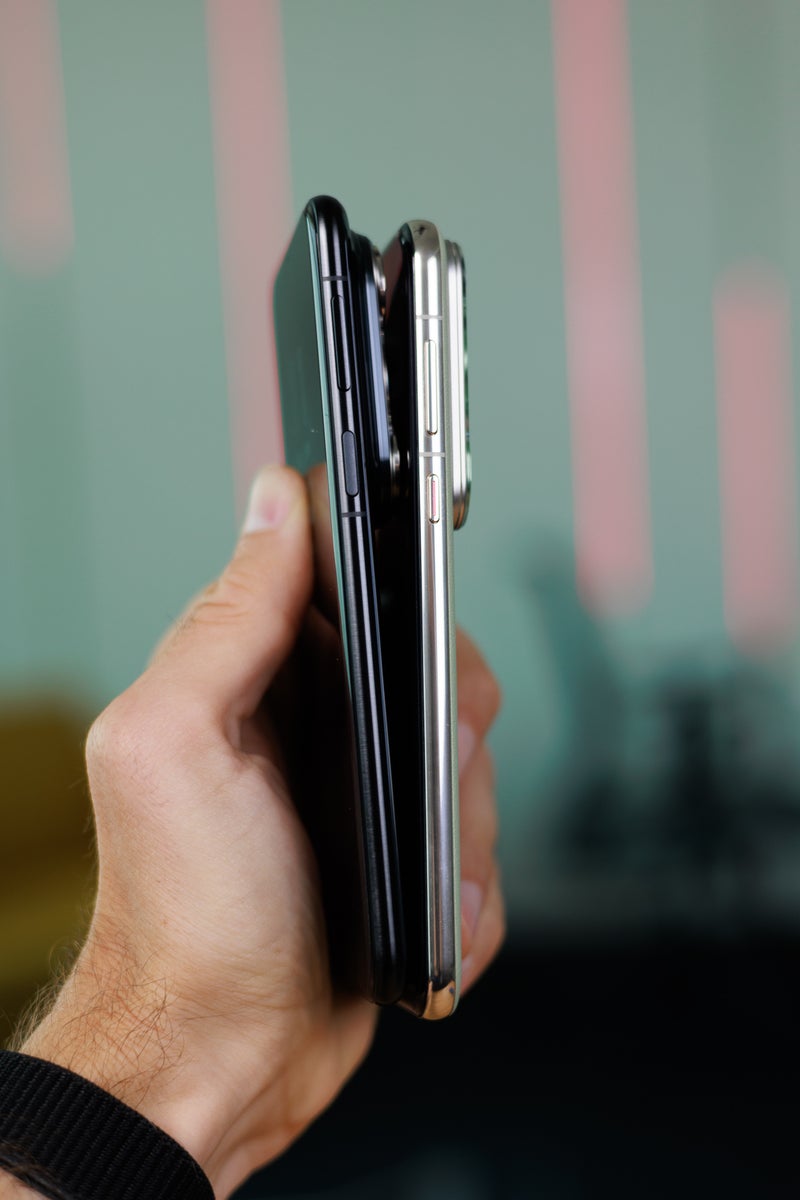
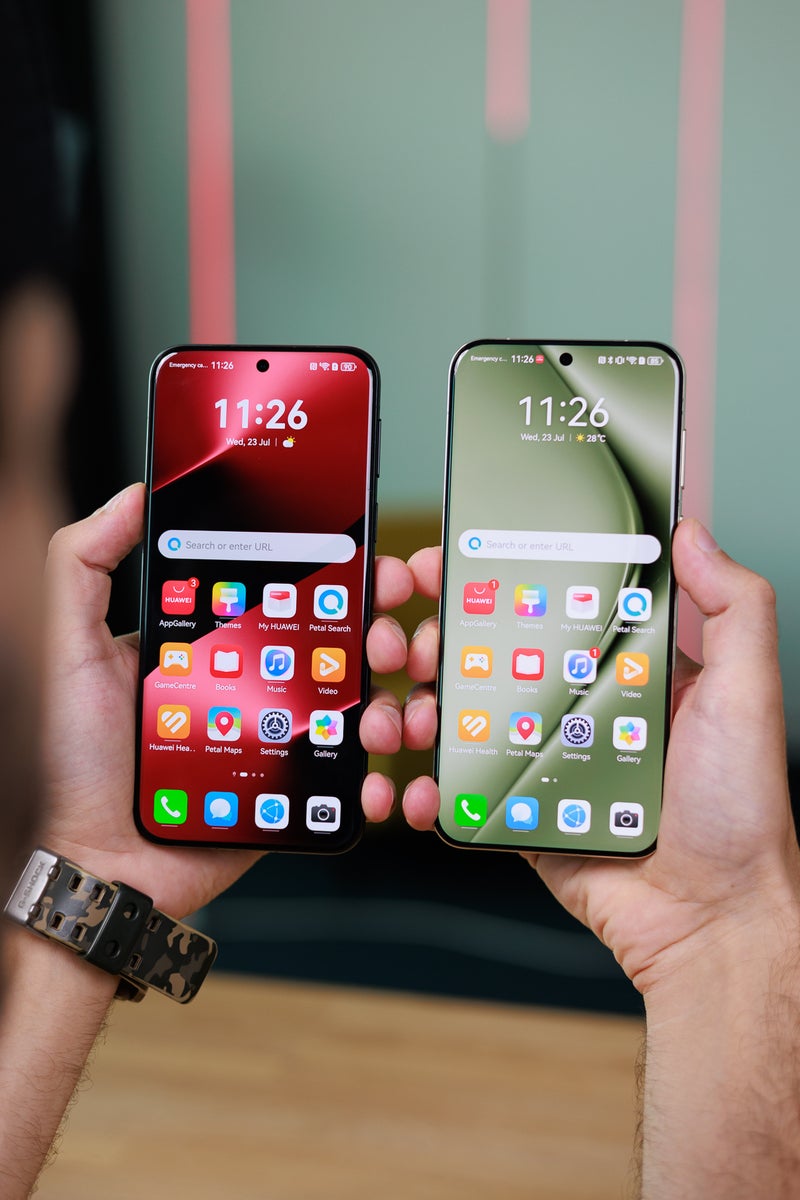
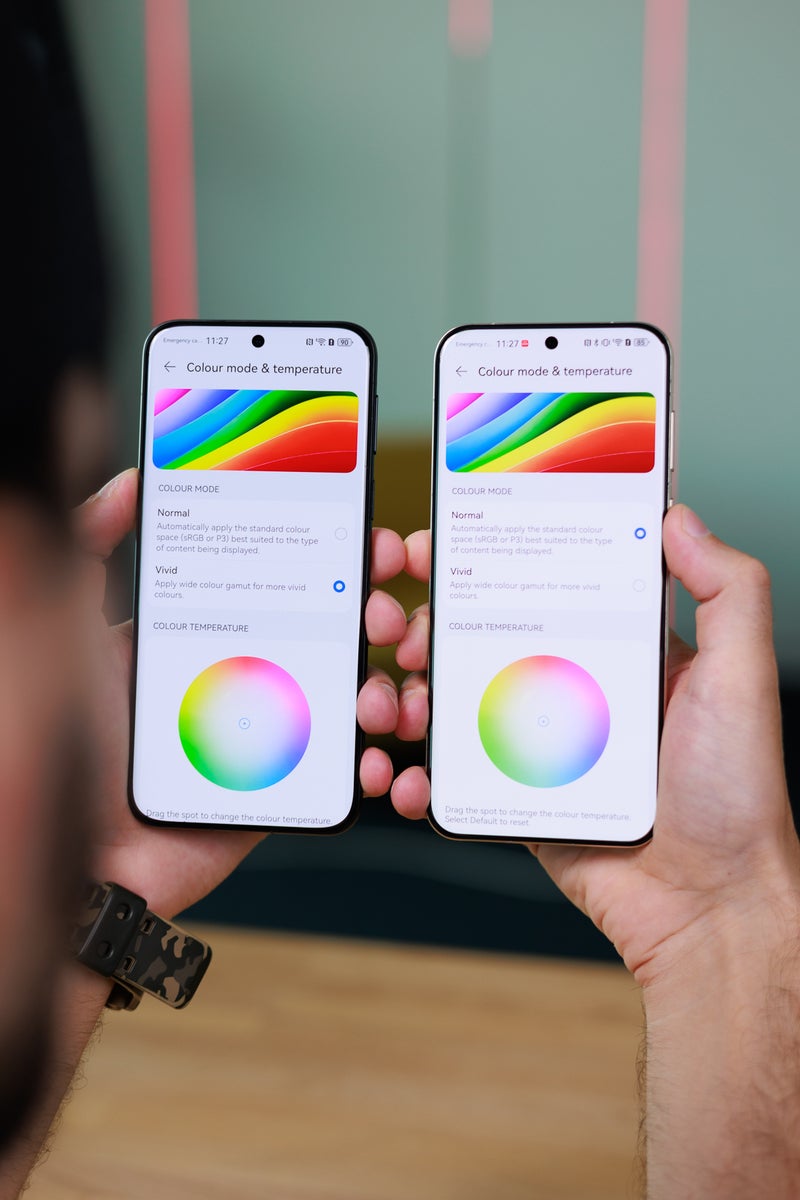
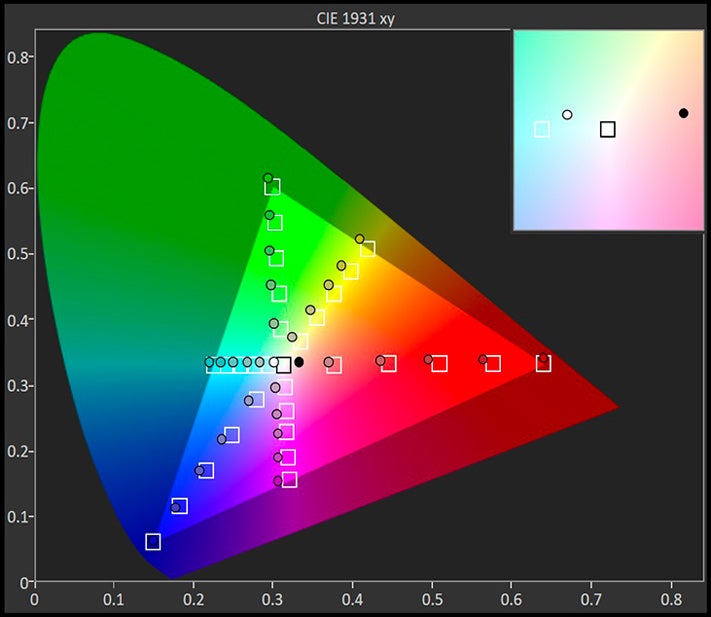





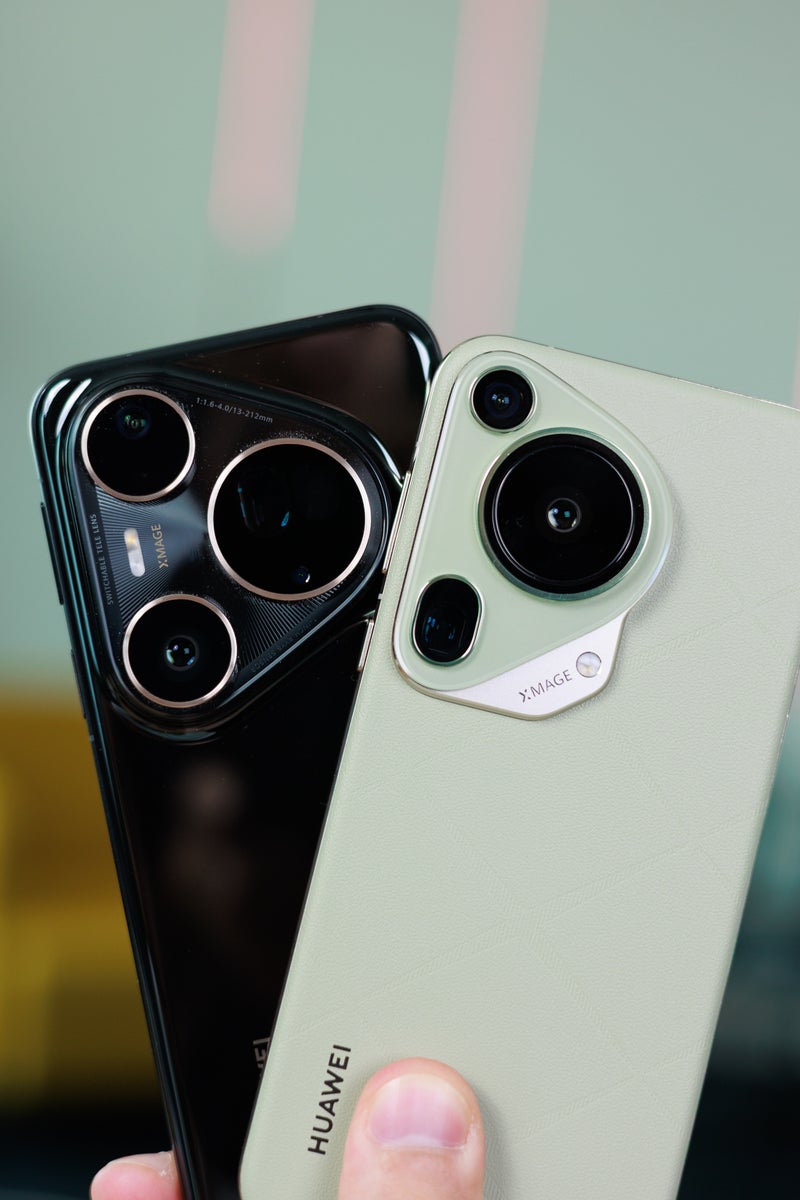
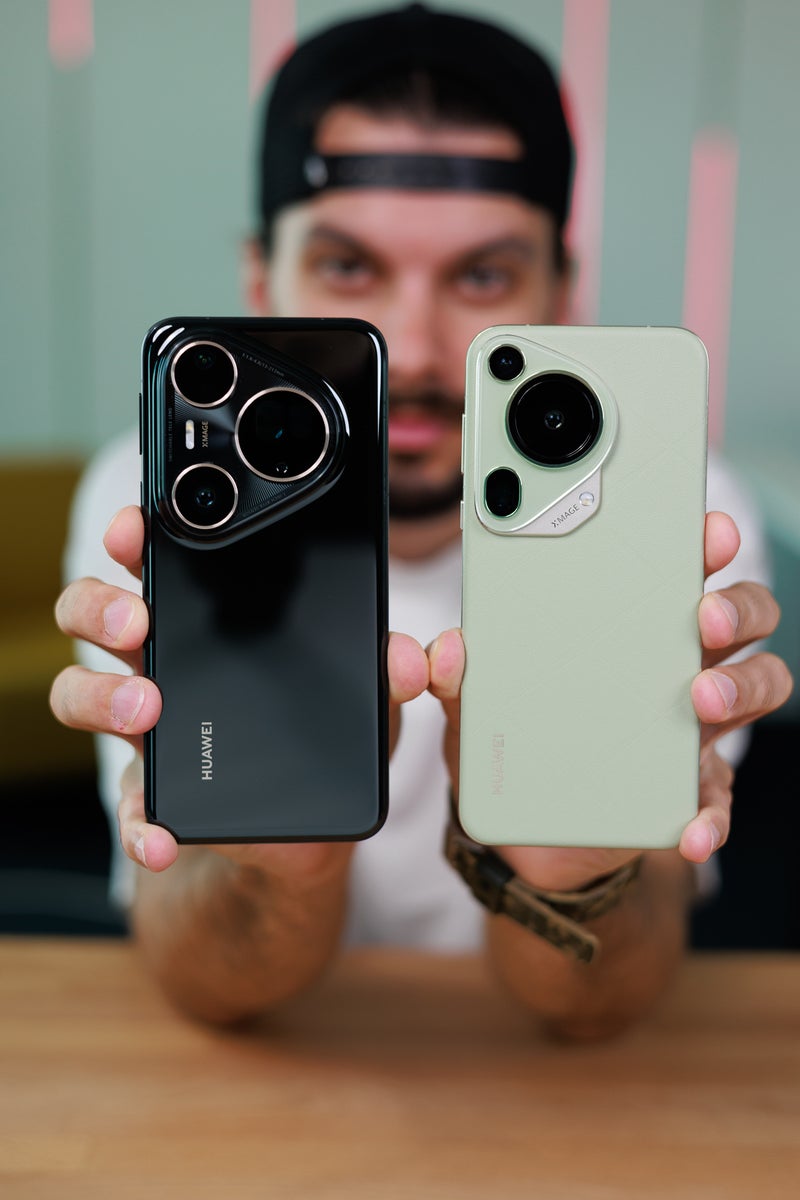
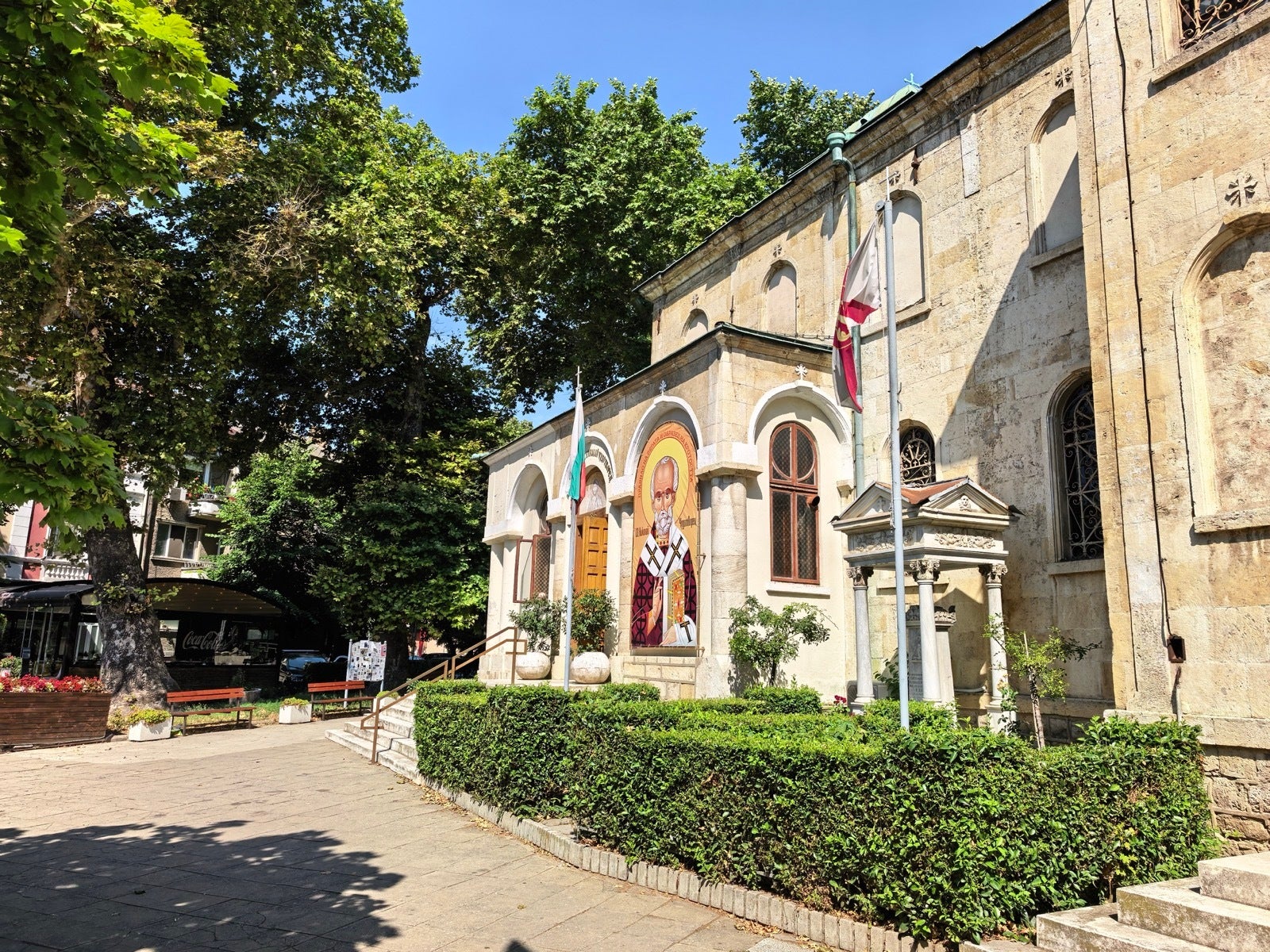
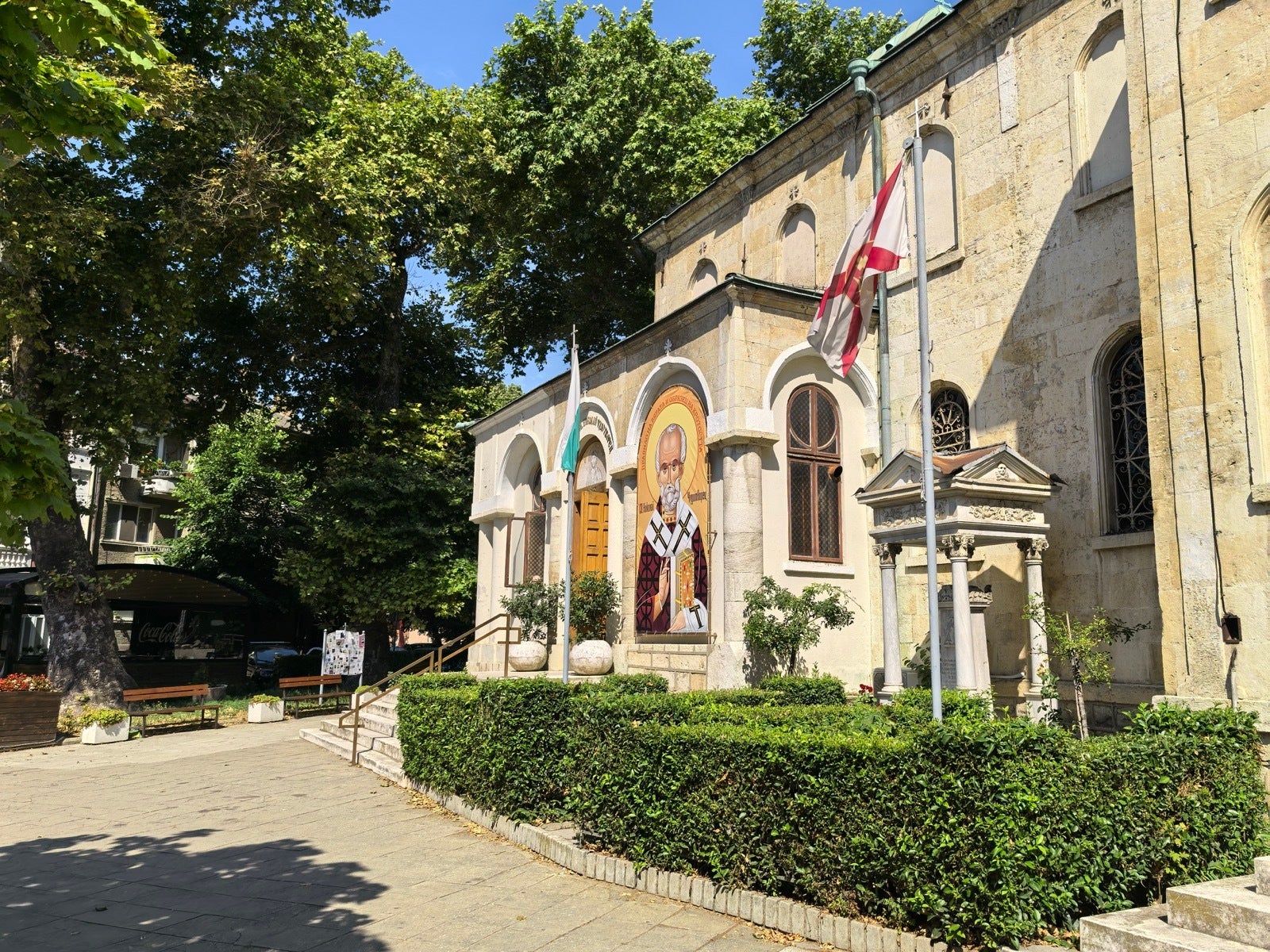





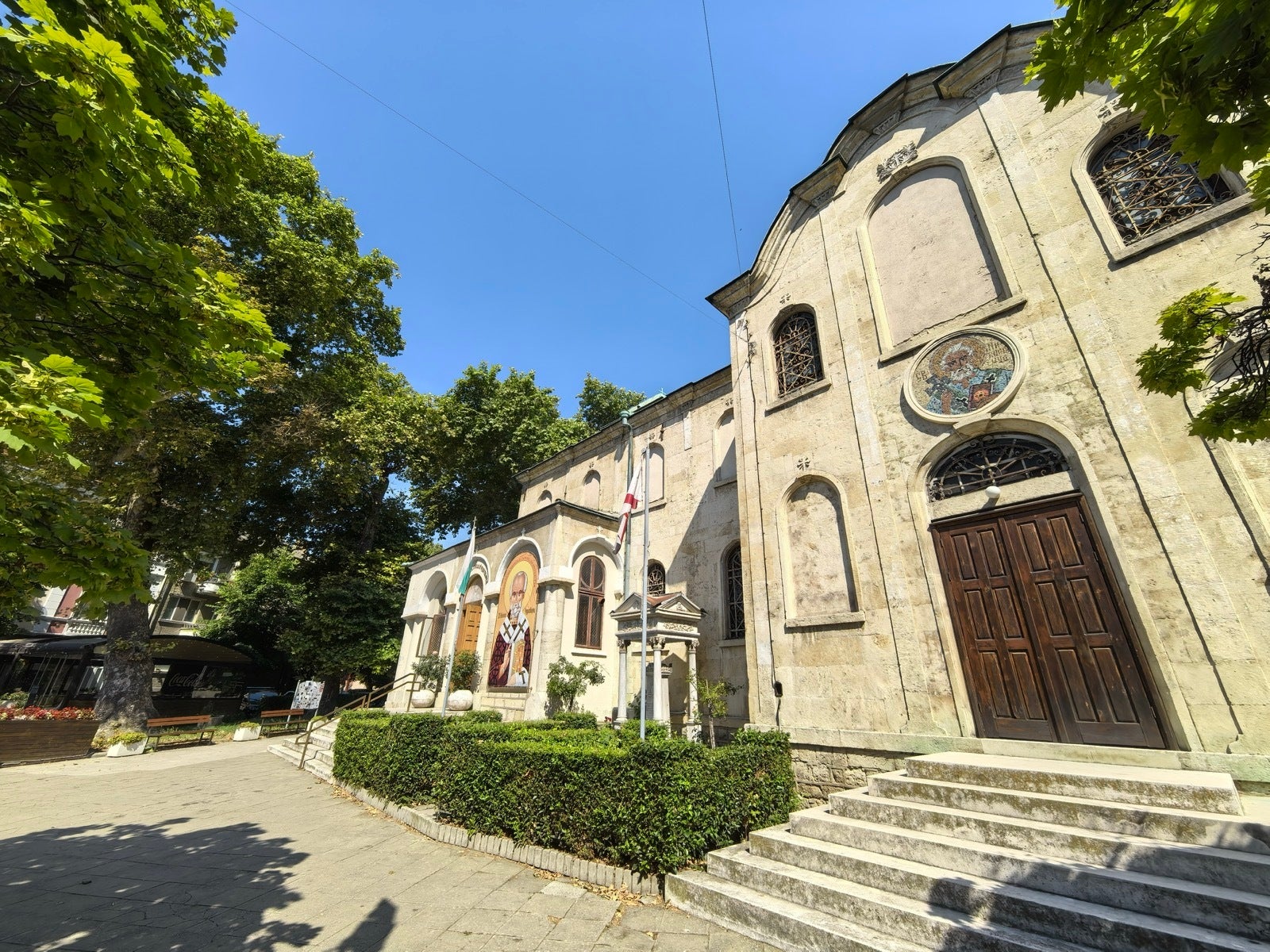



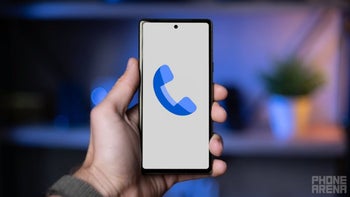
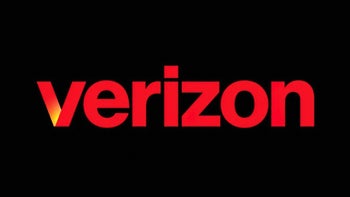
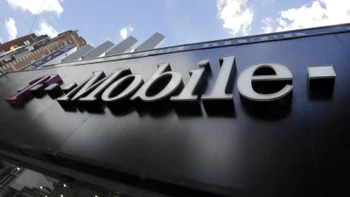
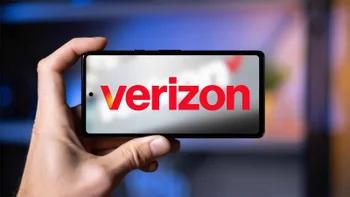
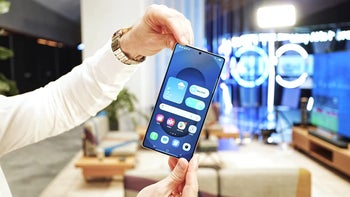
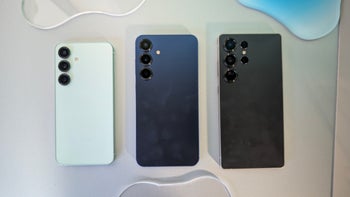
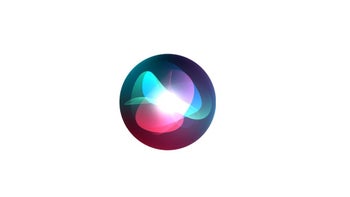
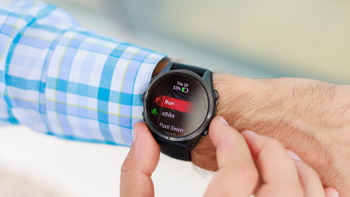
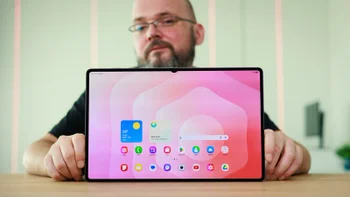
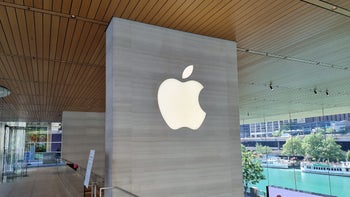
Things that are NOT allowed:
To help keep our community safe and free from spam, we apply temporary limits to newly created accounts: